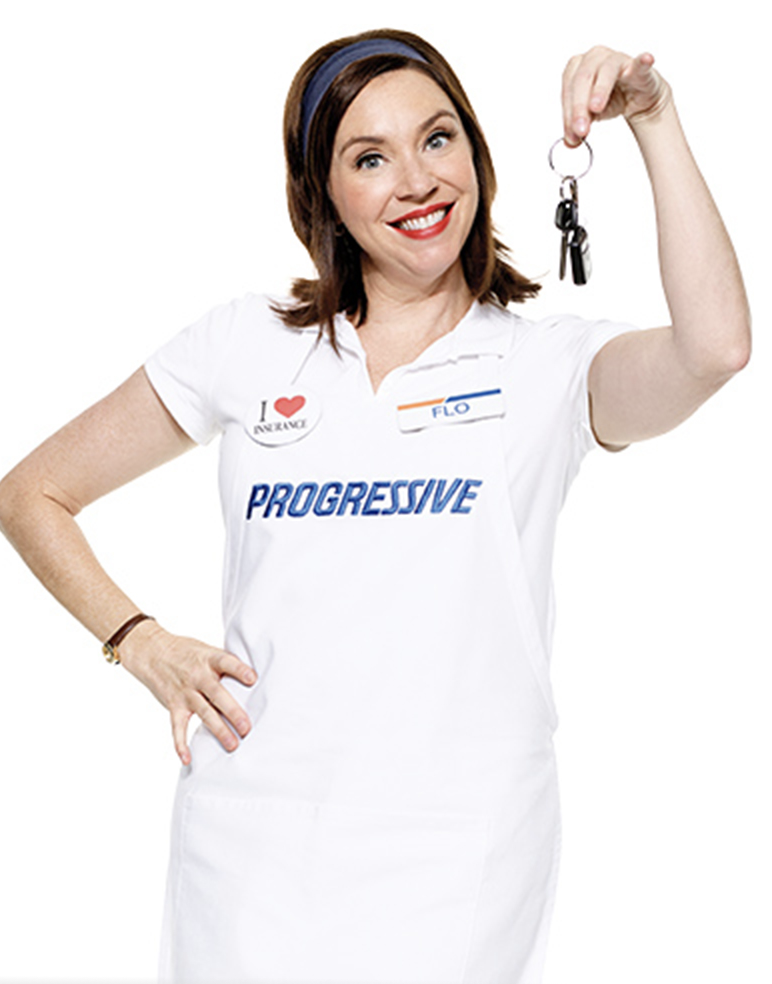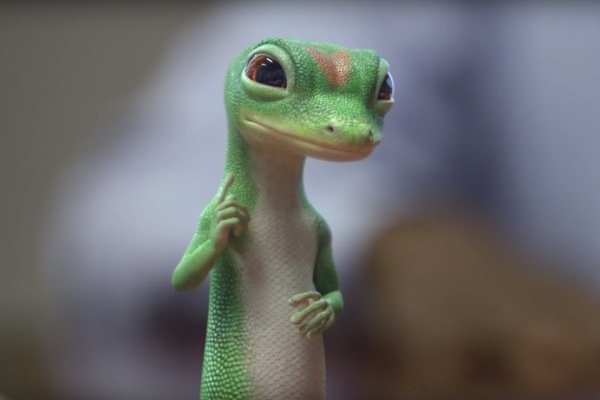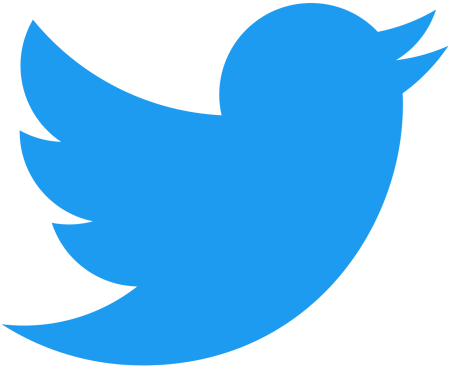Have you ever searched stock image websites and thought, None of these truly represent my brand?
It can be difficult to stand out using the same cheesy images as everyone else, but creating a unique brand character can help distance you from the pack.
A brand character, or mascot, is the visual representation and ambassador of your brand. They can be an illustration, inanimate object, a person, animal or any other character of your choosing.
This is different from brand personality, which refers to the emotional and behavior characteristics attributed to your brand that help you resonate with customers.
Below we’ll explore the benefits of using a brand character and how to create your own.
Advantages and Disadvantages of Using a Brand Character
Brand characters can fulfill a variety of uses for your company. Here are some advantages of using them:
- Improve communication: Images can often convey feelings and communicate messages to your audience more quickly and efficiently than words. Some even aim to build an emotional connection with the viewer. It’s a popular strategy for marketing products to children like cereals and toys.
- Brand Recognition: Some characters are so ingrained in popular culture that they become inseparable from the brand, like Ronald McDonald or the M&M Spokescandies. Customers will be able to identify your product or service without the brand ever being mentioned.
- Viral marketing potential: If your brand character is catchy and compelling, there’s a chance it could take off on social media. Take Kroger’s Krojis characters, which spawned several memes and parody videos shortly after their launch.
The original commercial (pictured above) used Flo Rida’s song “Low” to advertise their “Lower Than Low” campaign. Soon people were making their own versions, like this one.
However, using a brand character may not be the best choice for every business. Here are some disadvantages:
- May not be a good fit for your business model: For some products like fitness equipment, makeup, or any product that is aimed at altering the customer’s physical appearance, using a brand character is less effective. Customers will want to see a real person in advertising materials as proof that it works.
- Brand disconnect: While good brand characters can help customers recognize your brand, a bad one can have the opposite effect. The character may be recognizable, but customers have no idea what your company does. In the worst case scenario, the character could be inflammatory, or not age well like the recent rebranding of Aunt Jemima pancake products.
- Could be expensive: If you’re not creating the brand logo in-house, hiring an outside designer or agency can be cost prohibitive, especially if your business is just starting out.
Once you’ve decided having a brand character will be beneficial, you can get started on the fun part — creating your own.
Creating a Brand Character of Your Own
Henneke Duistermaat, writer and creator of Enchanting Marketing, found it easiest to reflect her true brand image, connect with her audience, and make her business memorable by hand-drawing her brand character, Henrietta. Henrietta is a cartoon character who embodies Enchanting Marketing better than any stock photo could.
Take a look at the infographic below, featuring Henneke’s “alter ego” Henrietta, to find inspiration to create drawings for your business that will captivate and engage your audience.

While you may not opt to draw your own character like Henneke, you can adopt some of her thought process when creating your own. Think about:
- What problem are you trying to solve?
- How does that problem make your customers feel?
- What solution do you offer?
- What attributes do you want the character to convey?
- Where will you use this character? On the physical product, website design, or customer service chat box?
Brand Character Examples
Brand characters are not a one-size-fits-all marketing tool. You can choose cartoon characters like Henneke, anthropomorphized animals or objects, or even fictional people. If you’re stumped on where to start, we’ve pulled a variety of brand characters to get your creativity flowing.
1. Flo from Progressive
 Flo is a great example of how effective a fictional person can be as a brand character. She’s highly recognizable and always communicates the perks of using Progressive over other insurance companies. Flo has more than 68,000 followers on Twitter, demonstrating the character’s reach beyond traditional commercials.
Flo is a great example of how effective a fictional person can be as a brand character. She’s highly recognizable and always communicates the perks of using Progressive over other insurance companies. Flo has more than 68,000 followers on Twitter, demonstrating the character’s reach beyond traditional commercials.
2. GEICO’s Gecko
 Not to be left out, fellow insurance company GEICO’s quirky gecko character also has a following of their own. Is he Australian or British? No one knows for sure, but we do know we can save on car insurance by switching to GEICO because this gecko brand character is incredibly good at what he does. To play up the character’s popularity, GEICO even facilitates Q&As with him via social media, getting the public to engage with the brand in a fun way.
Not to be left out, fellow insurance company GEICO’s quirky gecko character also has a following of their own. Is he Australian or British? No one knows for sure, but we do know we can save on car insurance by switching to GEICO because this gecko brand character is incredibly good at what he does. To play up the character’s popularity, GEICO even facilitates Q&As with him via social media, getting the public to engage with the brand in a fun way.
3. Reddit’s Snoo
 Reddit’s Snoo alien character can be found throughout its website and even has its own thread. The genderless and colorless alien has come to not only represent the company, but also its target audience: everyone. Reddit appeals to everyone and serves as a forum where users from any background can share news, their hobbies, other types of content, and host discussions on just about any topic. It’s the internet’s hub for “everyday people” (plus aliens of course), and Snoo reflects that.
Reddit’s Snoo alien character can be found throughout its website and even has its own thread. The genderless and colorless alien has come to not only represent the company, but also its target audience: everyone. Reddit appeals to everyone and serves as a forum where users from any background can share news, their hobbies, other types of content, and host discussions on just about any topic. It’s the internet’s hub for “everyday people” (plus aliens of course), and Snoo reflects that.
4. Twitter’s Larry the Bird

It seems fitting that a site named Twitter would choose a bird for its brand character. Larry the Bird was named after basketball great Larry Bird, as co-founder Biz Stone is a Celtics fan. While small, this little blue bird is synonymous with Twitter without having to see the brand name spelled out.
It’s versatile and used on not only website branding, but seamlessly tucked into the corner of every individual’s tweet. It’s ubiquitous but not obtrusive.
Including a Brand Character in Your Marketing Plan
Including a brand character into your marketing materials should be based on both market research and your target audience’s needs. They are meant to enhance the user experience and simplify communication between the brand and its customers.
This article was originally published August 17, 2018 and has been updated for comprehensiveness.
![]()


